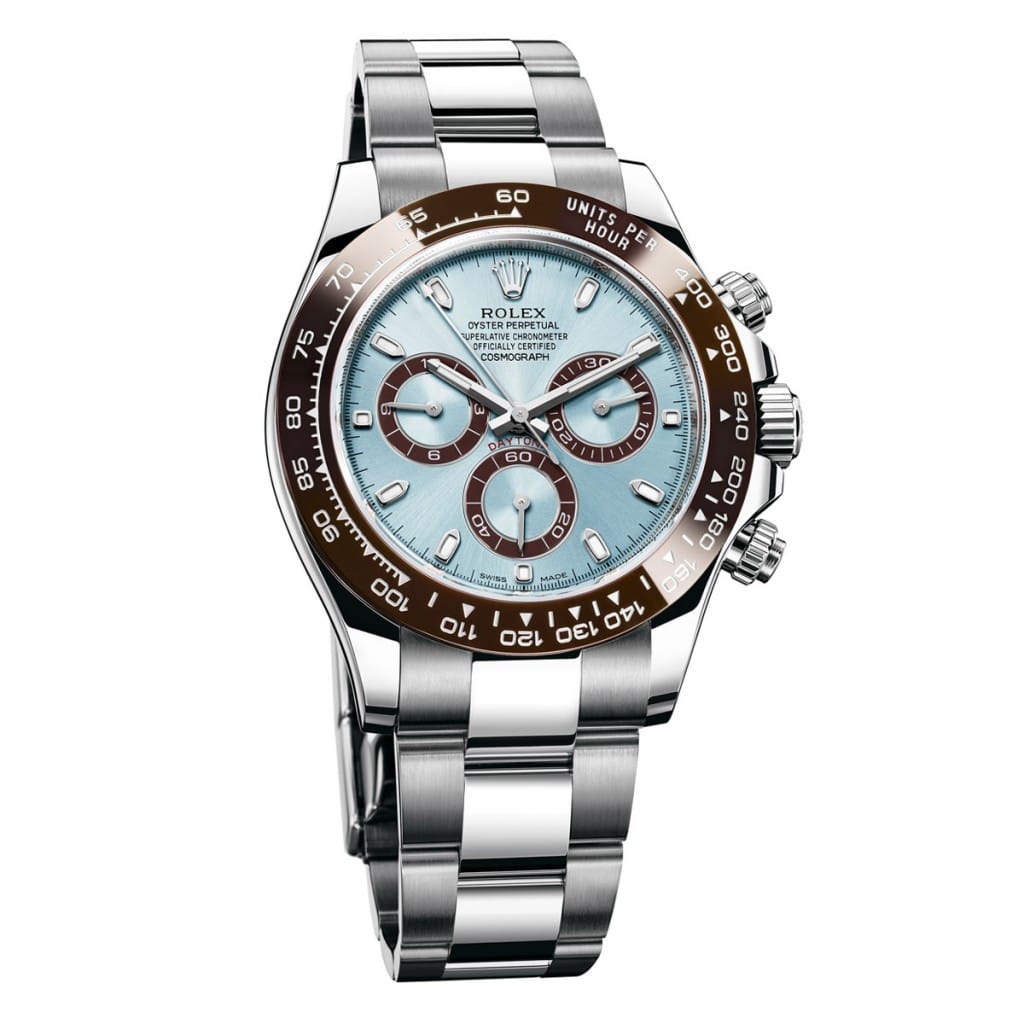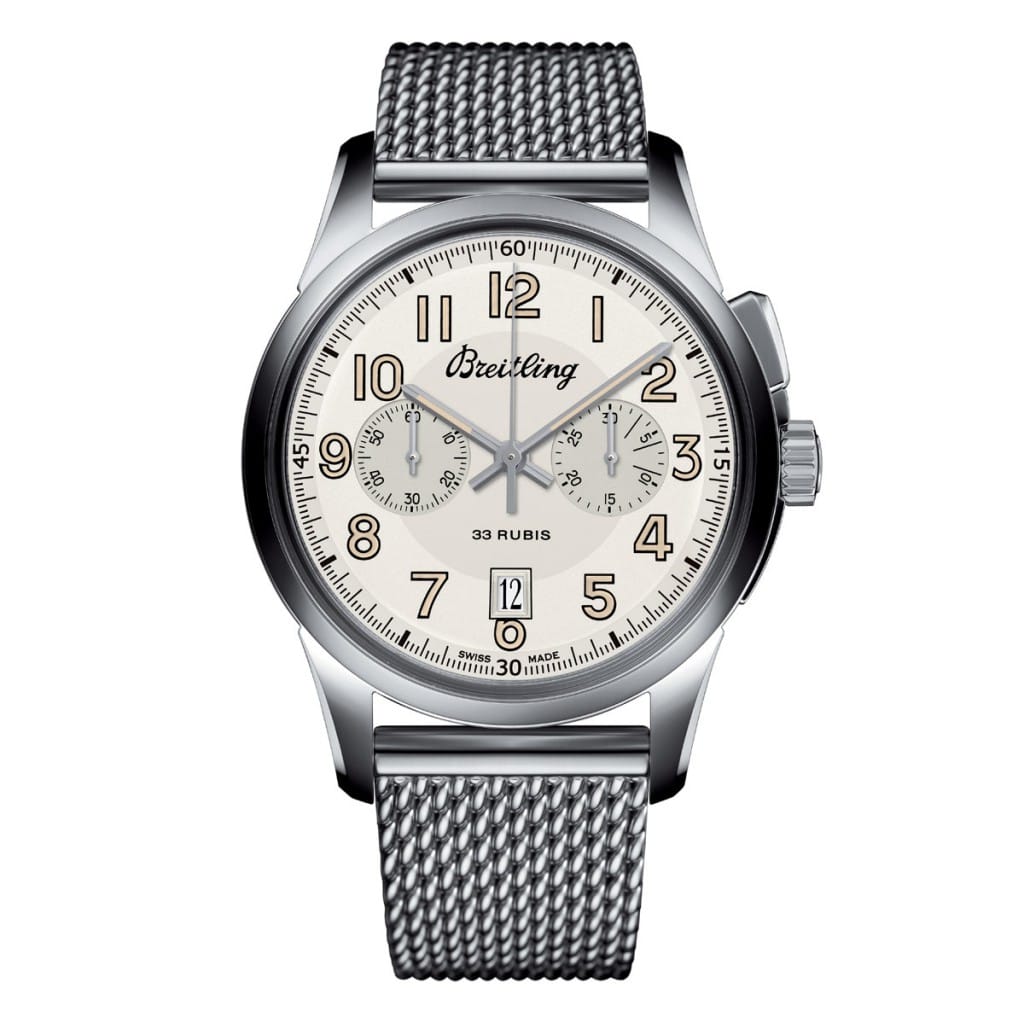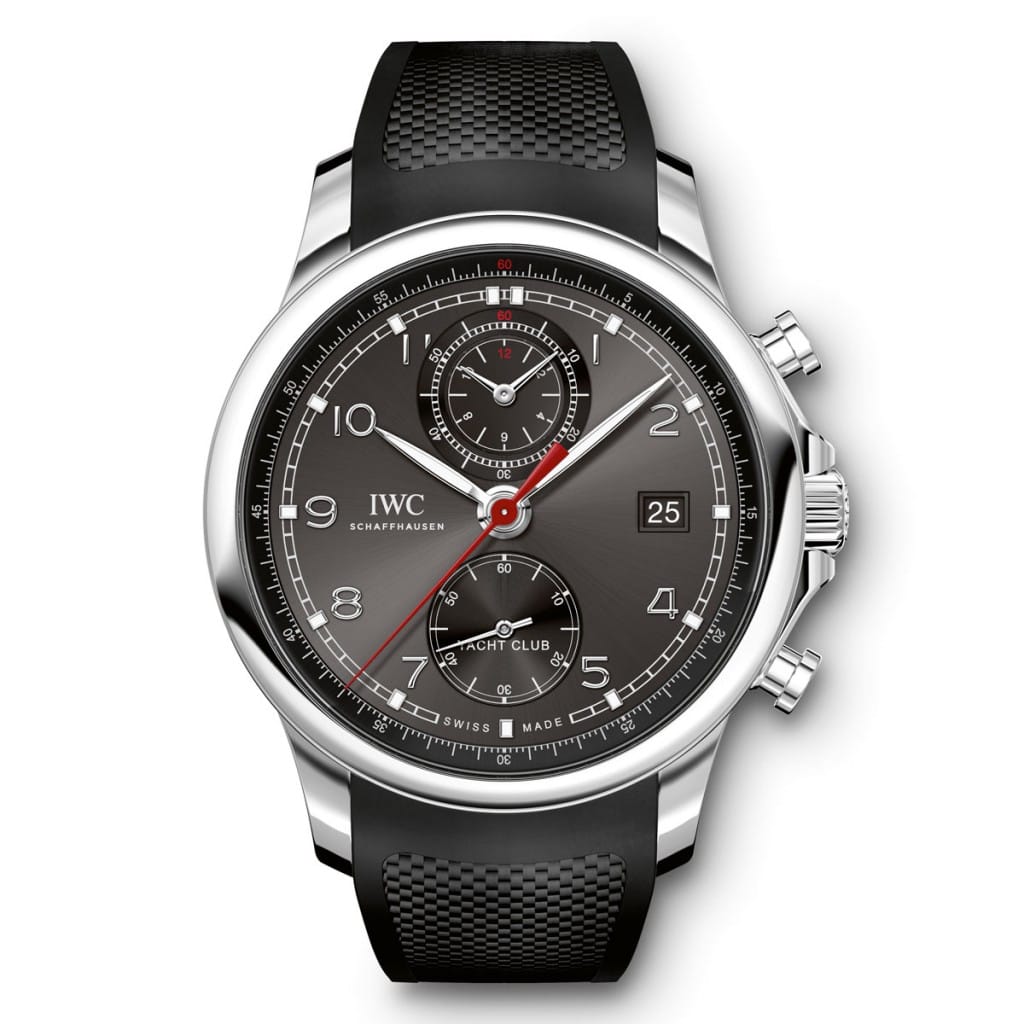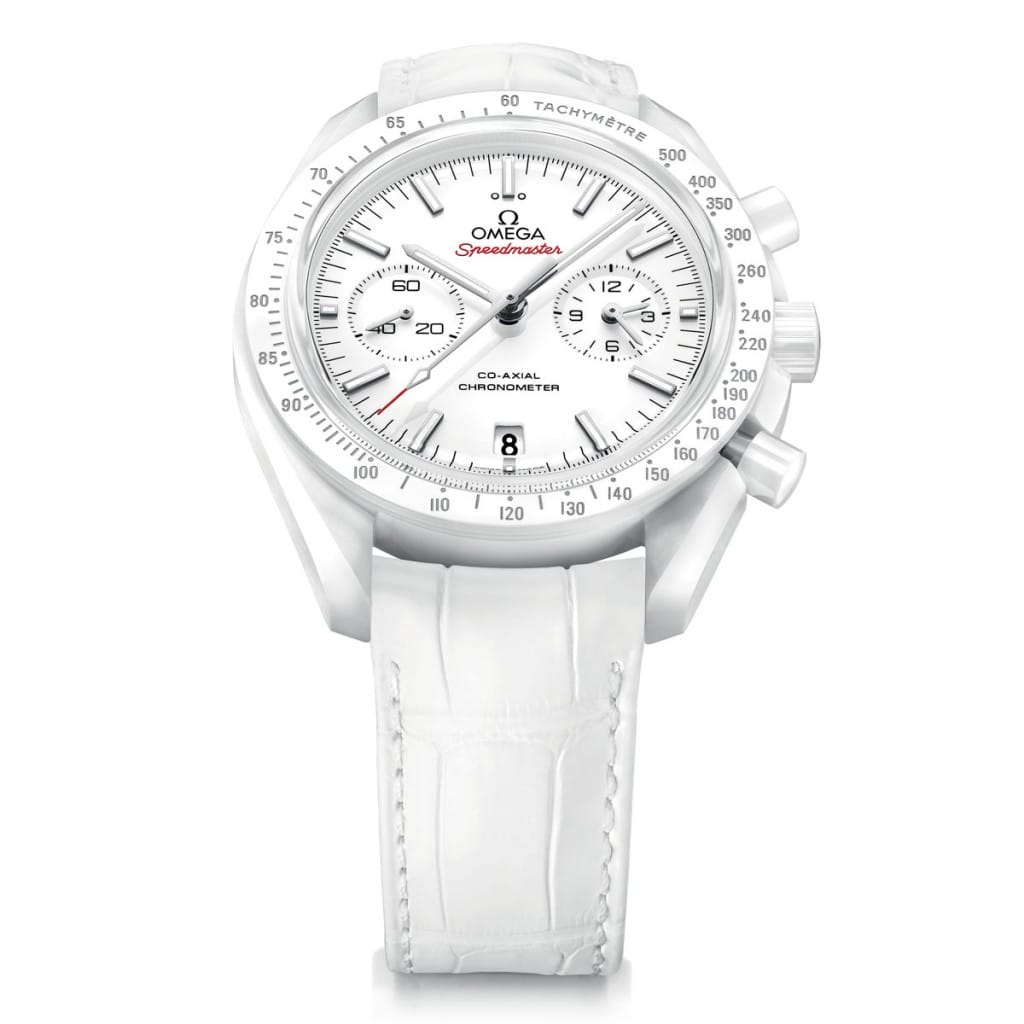In Ancient Greek, kronos means time, and graphein refers to writing. Writing time… That is exactly how one should grasp the purpose of this complication invented in the early 19th century and used to measure time intervals to the nearest fifth, tenth or even hundredth of a second. Initially designed as professional instruments, chronographs were for many years presented in formal wooden presentation boxes, before transitioning to pocket-watch format and subsequently to wristwatches in the 1930s.
The precision of the chronograph has steadily increased since its creation. Whether a chronograph with a central sweep-seconds hand, a split-second hand serving to measure two events of varying durations; bi-compax or tri-compax chronographs with 30-minute and 12-hour counters, or times displayed in 24-hour mode: there are now a number of variations on this horological complication.
The mechanical intricacies composing the movement have evolved in step with innovation. The chronograph mechanism comprises two main elements: control actuation via a column wheel or a cam; and energy transmission driven by the clutch, which may be of the lateral or vertical variety. A lateral clutch features a wheel (clutch wheel) of which the teeth meshes with those of the chronograph wheel; a vertical clutch is generally more precise in that it avoids the “play” that generally occurs between two sets of teeth. Two mechanisms, two visions, but the same perpetual quest for accurate time measurement.
The latter quality may be scrutinised by a certification body, such as the COSC, the Swiss Official Chronometer Testing Institute. It attests the rating precision of the mechanism and thereby guarantees its chronometric reliability. Indeed, some brands such as Breitling and Rolex have their entire collections COSC-certified.
Chronograph vs Chronometer
One must avoid any confusion between chronographs and chronometers. The chronograph is an additional mechanism fitted to the movement of
a watch. It serves to measure elapsed time at a sports event, during industrial operations, laboratory experiments, or any other application calling for precise timing of the duration of execution. The title of chronometer is confirmed by an official body that certifies precision.
SPEED ICON
An iconic chronograph designed for racing, the Cosmograph Daytona in platinum embodies all the signature Rolex standards of excellence. The brand combines the extreme precision of its Swiss-made chronometer-certified movement capable of eighth-of-a-second time measurements with a superlative design. Its 40mm platinum Oyster case topped by a chestnut brown Cerachrom bezel is unanimously admired.

Discover more Rolex watches at Lionel Meylan here
OPTIMAL FUNCTIONALITY
Issued in a 1,915-piece edition in tribute to Breitling’s creation of the first independent chronograph pusher 100 years ago, the Transocean Chronograph 1915 successfully associates technical sophistication with a vintage look. The Manufacture Breitling manual-winding Calibre B14 powering it is equipped with a double column wheel. Meanwhile, the famous single pusher features an extremely functional elongated shape making it easy to stop and start timing operations over 30 minutes and to the nearest fourth of a second.

More information about this watch here
SPORTING REFINEMENT
Elegance is an integral part of the Portugieser Yacht Club Chronograph, which combines hours and minutes in a single chronograph counter, thus enabling a more instinctive reading of time. In addition, this chronograph is equipped with a flyback function. Without stopping the timing operation, all the counters can be put back to zero and begin a new measurement at just one press on the zero-reset pusher. Within an extremely reasonable 43.5mm diameter, IWC focuses firmly on precision expressed through a blend of sportiness and refinement.

Discover more IWC watches at Lionel Meylan here
IMMACULATE PRECISION
The Omega Speedmaster White Side of The Moon innovates in every way. Firstly, because it is entirely made of white ceramic, and also because its 44.25mm diameter houses the famous Calibre 9300: a mechanical self-winding movement equipped with a column wheel and the famous Co-Axial escapement with Si14 silicon balance-spring. Extreme precision, stability and durability…

More information about this watch here
